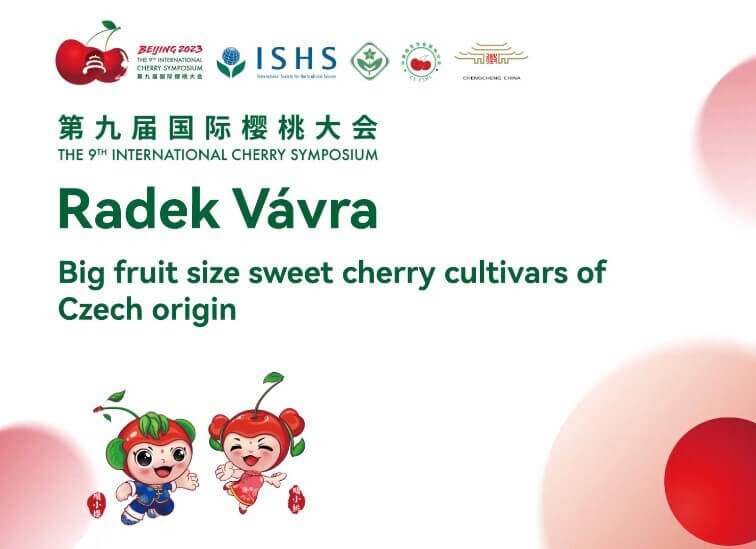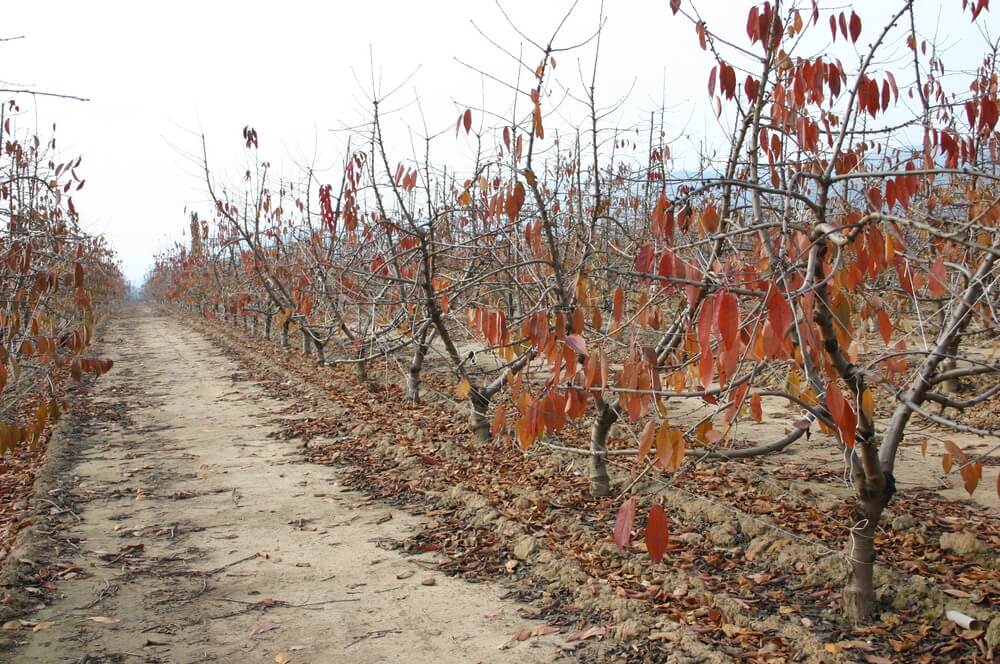Faced with the growing production volume of cherries in Chile, some companies have chosen to innovate by looking beyond the fresh product. This is the case of GoodValley, a company located in the central area of the country, in the Colchagua Valley, which for five years has been promoting the development of dried cherries as a strategy to reduce losses and diversify its offer.
Portalfruticola.com spoke with Bruno Ceroni, the company’s Commercial Director, who explained that, although they have the infrastructure and raw materials needed to scale the business, the main challenge remains on the commercial side.
Ceroni reported that dried cherry production began five years ago. “We have a gas oven to dehydrate the raw material and cherry orchards to supply ourselves; we also purchase fruit externally. In this way, we have been dehydrating around 200–300 tons per year,” he said.
Experimentation and markets
“We started exploring the alternative of dehydrating part of the cherries to test the markets and assess how we could perform with this relatively new product,” he added.
He explained that “in general, we use sizes that are not exported. Fruit with some defects and unsuitable for the fresh market is destined for dehydration.”
“We don’t compete directly with fresh cherries, because ultimately what we do is use what cannot be exported fresh,” he clarified.
When asked about business growth, he commented that “it has been slower than we expected, because this is still a little-known product.” He added that “there is no well-developed market; despite more than five years having passed, we haven’t been able to expand the volume, which remains similar year after year.”
Limits and opportunities
Ceroni stated: “with the volume of fruit available in Chile, combined with the logistical and infrastructure capacity for dehydration, we have room for growth, but the current limit is commercial: finding a market that welcomes this product.”
Profitability of the dried cherry business
On the profitability of dried cherries, he explained that a grower mainly dedicates the orchard to fresh cherries, from which the main profit is derived. “We take a volume that has no sales outlet, dehydrate it, reduce refrigeration and storage costs, and then sell it abroad.”
He gave an example: if the market pays 100 pesos (about €0.10) for fruit unsuitable for export, “today we can pay double.”
He added that during production peaks “there is a lot of waste and a lot of fruit remaining in Chile because it does not meet fresh standards, and that volume at some point tends to be worth zero. For the producer it becomes a high cost, because passing through the fresh line involves processing costs, but generates no revenue. So the producer ends up at a loss.”
Valorization and markets
He reiterated that they buy that volume and guarantee a return to the grower. “This way, the grower does not lose the fruit, even if the gain remains tied to fresh sales. If we could find a niche requiring larger volumes, the potential would be greater.”
He emphasized that what is lacking is commercial development and promotional activity to make the product known in destination markets, “because today the volumes are still very marginal.”
In this sense, he noted that there has been progress: “in 5 years we already have customers ordering fruit from us every year. This shows that the consumer is starting to recognize the product.”
The Commercial Director of GoodValley added: “we compete with raisins, dried plums, dried apricots and dates, so it is difficult to introduce a new or little-known product.”
Exports and varieties
He explained that they have the production capacity, the plant, and the commercial structure, “so we are trying to develop the project both domestically and abroad.”
As for destination markets, he said that exports have mainly been directed to Asia, with China as one of the main buyers, along with Thailand, Singapore, Malaysia, and Southeast Asia. There have also been shipments to North America.
Ideal varieties and challenges
On the varieties most suitable for dehydration, he stressed that the key element is the ripeness stage, with a high Brix content.
He clarified that early varieties are not suitable for dehydration because they have low Brix, do not dehydrate well, and the yield is not good, as many kilos of fresh fruit are needed to obtain the final product.
Collaboration and outlook
“We focus mainly on mid- and late-season varieties,” he said.
Regarding industry challenges, Ceroni stressed that the main one is commercial: “joining forces among all the companies conducting similar tests, in order to reach and conquer a market jointly.”
He added: “having larger volumes and tackling a market together is much more significant than moving individually in different places. China today is one of the main consumers; it is a huge potential.”
He explained that Chinese consumers buy dried cherries mainly from sour cherries, infused with sugar, “while our dried cherries come from sweet cherries and today the trend in China is toward more natural products, without preservatives or additives. Therefore, the cherries we offer do not require added sugar. This trend has helped us greatly to develop the product and make it known.”
Regarding uses, he indicated that the main consumption is as a snack. “We are studying how to diversify the product and bring it also into more culinary uses, such as beverages or juices,” he said.
In his opinion, it is essential to explore the development of the dried alternative together with the fresh industry: “it is an alliance that benefits both.”
He concluded by saying that “fresh fruit exporters, by increasing volume, will inevitably have 20% of rejects unsuitable for export. Managing these volumes in alternative markets, such as dried or frozen, is useful because it relieves pressure on the fresh market.”
Source: portalfruticola.com
Image source: Drazzel
Macarena Bravo
Portal Fruiticola
Cherry Times - All rights reserved












